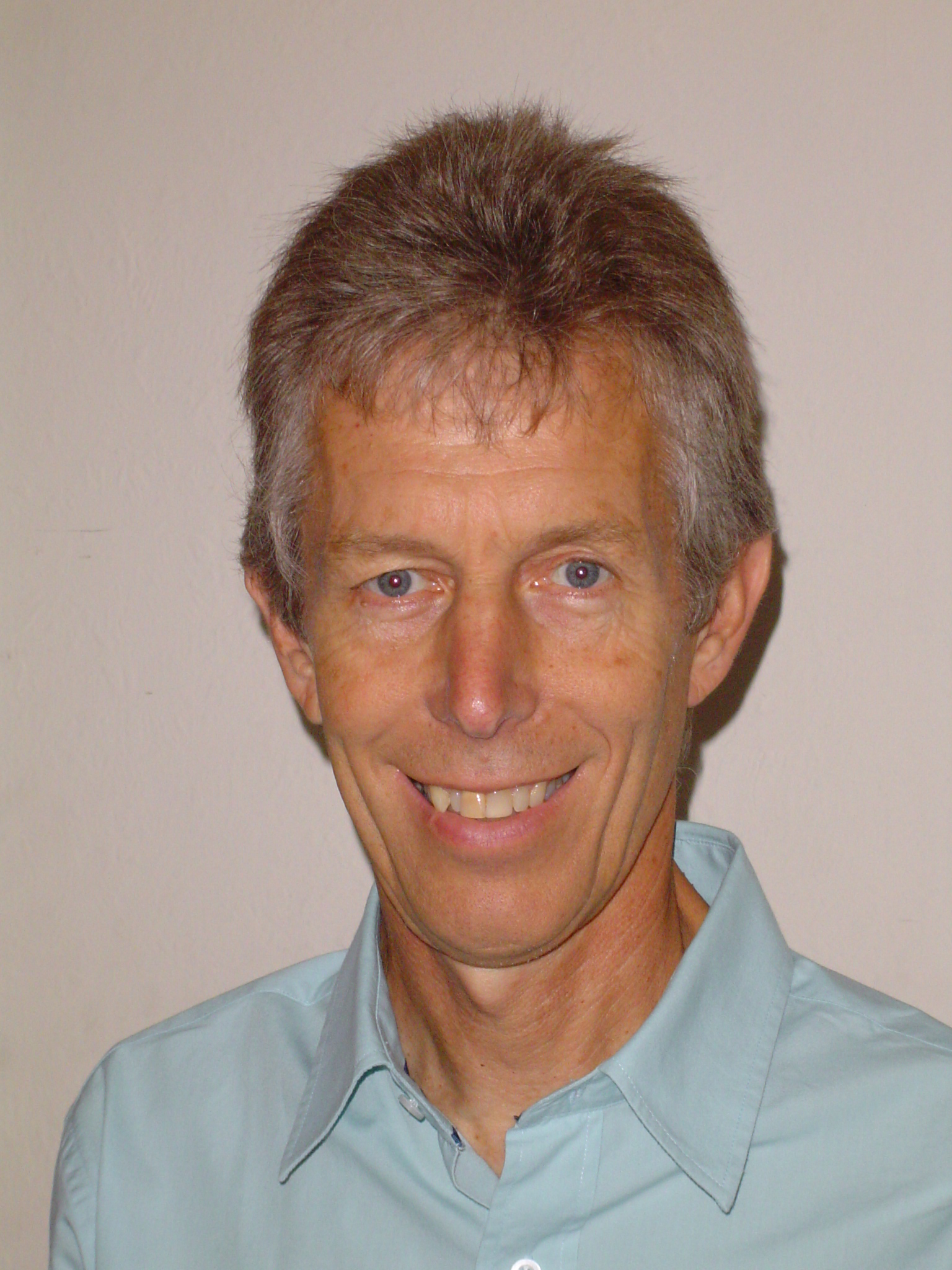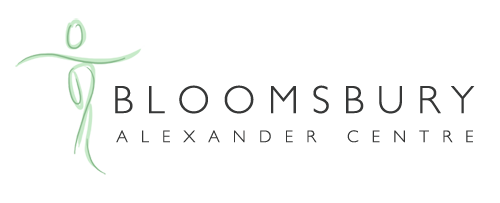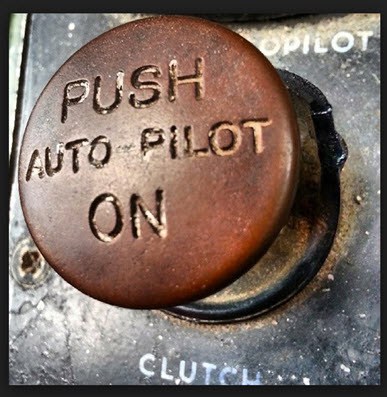10 Apr Alexander Technique, Inhibition and Autopilot by Alan Bignell

In my understanding inhibition used in the Alexander Technique sense means saying no to reacting to a stimulus in my habitual manner. For instance, the doorbell rings and the only thing on my mind is getting to the door to see who might be there. The whole moving process takes place mechanically dictated by unconscious habits adopted unknowingly over many years. If those habits were good ones it would be one thing. Unfortunately it’s usually quite the opposite.
By bringing about the pause we call ‘inhibition’ I give myself the possibility of responding to a stimulus in a way that I choose, not one inflicted on me by my habits.
My actions (or more likely my reactions) which almost certainly have been totally mechanical up to that point now have the possibility of becoming more conscious.
However touching a more conscious level is not something we are very familiar with. Reacting mechanically to events remains the norm for most of us and perhaps can be compared to the autopilot at the beginning of this piece.
It seems to me we go through most of our lives operating on as it were our own personal autopilot. On one level it works more or less tolerably. It gets me to work, it does my job, it can even get me through my social relationships up to a point. However the autopilot isn’t the pilot. He almost never seems to be on the flight deck. Only rarely, perhaps in moments of crisis, does he take over the controls and even then it’s usually only for a few fleeting moments.
So how do we get in touch with our pilot or at least go towards him? As suggested earlier, one way is by working with inhibition. Inhibition coupled with direction brings us back towards a tangible awareness of the body and what is happening inside it.
When I make this effort, it often comes as a real surprise to discover a body full of tensions. Even more astonishing is the realisation that these tensions have been there all along but I hadn’t the slightest awareness of them.
Unfortunately, insights such as these can be all too easily taken negatively. I am reminded of a pupil who arrived for her third or fourth Alexander lesson looking thoroughly dejected.
“What happened?” I asked.
“I’m so depressed came the reply. “This week I noticed I do everything wrong.”
“But you’ve been doing everything wrong for the last thirty years.” I said. “Last week was the first time you actually noticed it. Don’t you think that might be a step in the right direction?”
“Oh I never thought of it that way.” she replied already visibly brighter.
In my opinion this ‘seeing’ of my state without self-criticism or judgement is the first essential step in the process of allowing change to take place.
Returning to the parallel with the autopilot, inhibition is similar to the moment when the captain first takes back hands on control of the plane. It’s the interruption to the mechanical piloting of the plane and all its systems. However, in our analogy, the pilot is seldom seen on the flight deck. As a result the plane is so used to running on autopilot, it’s almost forgotten it has a pilot at all.
This partially explains why it is so difficult to remember to inhibit. Why it’s only after I’ve stood up or completed a movement that I remember I’ve forgotten to inhibit, let alone direct.
This might not be as bad as it seems. A very wise man told me many years ago that it was alright to forget but not to forget you’ve forgotten.
Difficult as it is to remember to inhibit movements of the body, it is even more of a challenge to bring the idea of inhibition to other aspects of my life. For instance, if someone criticises me in what I consider to be an unjust way, my reaction is immediate. My hackles rise and often before I know it, words are tumbling out of my mouth that I may later regret.
An exasperated student on an Alexander Training Course I was visiting graphically expressed the frustration many of us feel. “Three years of practising inhibition here and I still find myself screaming at my kids when I go home.” he bemoaned.
If it were possible to inhibit at the very moment when something upsets me or criticises me then my response could be different. However this is a very tall order for most of us and perhaps we need to practice more on inhibiting our habitual body movements first. There are certainly more than enough of them to be going on with.


No Comments